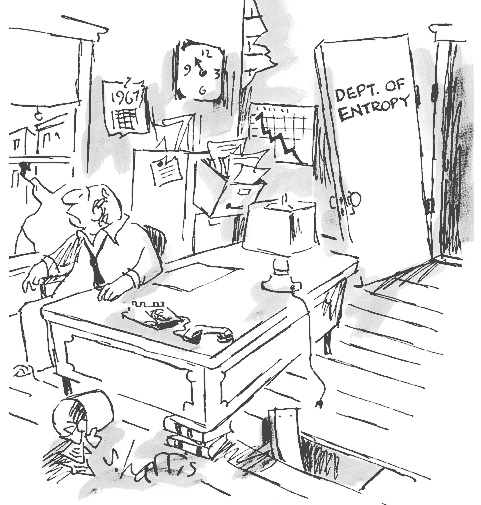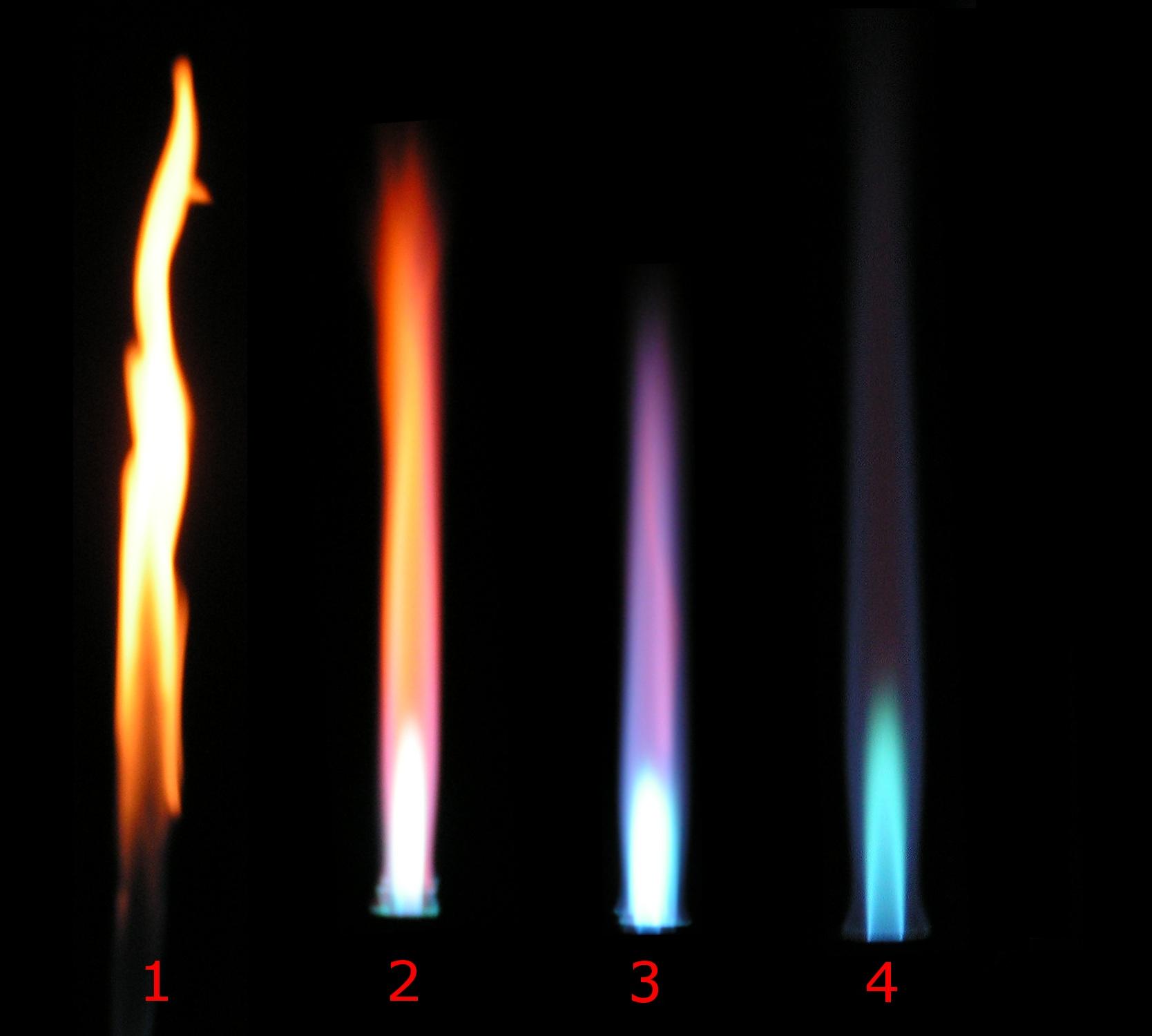So I have good news for you. Mr. Nelson will be your new AP Chemistry teacher next year. I have met with him to go over your summer assignment, and he is looking forward to working with you. If you have any questions about the summer assignment, please feel free to ask me any questions, but I would recommend dropping Mr. Nelson a line at Mister.nelsonohs@gmail.com to check in, and also ask any questions you might have.
I'm sure you're going to have a great year!
TANSTAAFL,
Mr. Gould
Wednesday, July 29, 2015
Monday, May 18, 2015
Alert for Nuclear Chemistry Presentation
I need to hear from someone in the Nuclear Chemistry group ASAP. One of your quiz problems is fatally flawed. It needs to be fixed.
Wednesday, May 6, 2015
Sunday, May 3, 2015
AP Chem Sunday Study Session
alert! at the halfway point of a titration of a weak acid and a strong base (titrant) the pKa = pH
see problem 38 on Friday's practice test.
Click here for more info on Problem 38
see problem 38 on Friday's practice test.
Click here for more info on Problem 38
Friday, May 1, 2015
AP Score Conversion Chart
Wednesday, April 22, 2015
Sunday, April 12, 2015
mnemonics for Redox reactions
Cations and anions
Cations are positively (+) charged ions while anions are negatively (−) charged. This can be remembered with the help of the following mnemonics.
- Cats have paws ⇔ Cations are pawsitive.[5]
- Ca+ion: The letter t in cation looks like a + (plus) sign.[6]
- An anion is a negative ion. (An
egativeion ⇒ Anion).[7]
Cation vs. anion: positive vs. negative
The t in cation looks like a plus sign: "ca+ion".
Cation is positive, anion is negative.[8]
Redox reactions
A redox reaction is a chemical reaction in which there is a change in oxidation state of atoms participating in the reaction.
Ions
An atom (or ion) whose oxidation number increases in a redox reaction is said to be oxidized (and is called a reducing agent). It is accomplished by loss of one or more electrons. The atom whose oxidation number decreases gains (receives) one or more electrons and is said to be reduced. This relation can be remembered by the following mnemonics.
- Leo says Ger! or Leo the lion, Ger! can be used to represent Loss of electron is oxidation; Gain of electron is reduction.[9][10]
- Oil Rig: Oxidation is loss; Reduction is gain (of electrons).[11]
Electrodes
An electrode in which oxidation takes place is called an anode while in that which reduction takes place is called cathode. This applies for both electrolytic and electrochemical cells, though the charge on them reverses. The red cat and an ox mnemonics are useful to remember the same.
- Red cat: Reduction at cathode
- An ox: Anode for oxidation.[12]
- The words oxidation and anode, both begin with vowels.
- Also, both reduction and cathode begin with consonants.[7]
- Fat Cat: electrons flow From Anode To Cathode
Wednesday, March 25, 2015
Homework Due April 13, 2015
Read Chapter 18.4, 18.5
Do Problems 18.23, 18.25, 18.27
Read Chapters 18.6, 18.7, 18.8
Do Problems 18.47, 18.49, 18.53, 18.59
Chapter 18 Quiz this week (the week of 4/13), and review for AP Chem Test from this point forward!
Do Problems 18.23, 18.25, 18.27
Read Chapters 18.6, 18.7, 18.8
Do Problems 18.47, 18.49, 18.53, 18.59
Chapter 18 Quiz this week (the week of 4/13), and review for AP Chem Test from this point forward!
Monday, March 23, 2015
Homework due 3.25.15
Read 18.1, 18.2, 18.3
Do problems 18.1, 18.11, 18.13 (why?), 18.17, 18.23, 18.27
Do problems 18.1, 18.11, 18.13 (why?), 18.17, 18.23, 18.27
Thursday, March 19, 2015
Wednesday, March 11, 2015
Monday, March 9, 2015
Thursday, March 5, 2015
Tuesday, March 3, 2015
Homework due 3.5.15
Read Chapter 16.4, 16.5, 16.6, 16.7
Do Problems 16.27, 16.29, 16.31, 16.43, 16.45, 16.57,16.59, 16.63
Do Problems 16.27, 16.29, 16.31, 16.43, 16.45, 16.57,16.59, 16.63
Friday, February 27, 2015
Thursday, February 12, 2015
Wednesday, February 11, 2015
Important notice re: AP Fees
PLEASE read the notice about the AP Test fees. If you think you will have trouble, talk to me privately about this.
click here
click here
Tuesday, February 10, 2015
Friday, February 6, 2015
Homework due 2.10.15
Read chapter 15.4, 15.5, 15.6
Do problems 15.31, 15.33, 15.35, 15.37, 15.43, 15.45, 15.53, 15.57
Do problems 15.31, 15.33, 15.35, 15.37, 15.43, 15.45, 15.53, 15.57
Wednesday, February 4, 2015
Homework due 2.6.15
Read Chapter 15.1, 15.2, 15.3
Do Problems: 15.3, 15.5, 15.7, 15.15, 15.17, 15.19, 15.23, 15.25
Do Problems: 15.3, 15.5, 15.7, 15.15, 15.17, 15.19, 15.23, 15.25
Monday, February 2, 2015
Homework for 2.4.15
Note: 14.1, 14.2 mini quiz at start of class!
Chapter 14 Problems
14.63, 14.65, 14.67 (think outside the box on part d!), 14.69, 14.71
assigned on 2.2.15:
Chapter 14 Problems
14.63, 14.65, 14.67 (think outside the box on part d!), 14.69, 14.71
assigned on 2.2.15:
Thursday, January 29, 2015
Homework due 2.2.15
Read Chapter 14.5
Do Problems 14.53, 14.55, 14.57, 14.59, 14.61
Note: 14.1, 14.2 mini quiz at start of class!
Do Problems 14.53, 14.55, 14.57, 14.59, 14.61
Note: 14.1, 14.2 mini quiz at start of class!
Monday, January 26, 2015
Homework due 1.29.15
Read Chapter 14.3, 14.4 pp. 639 - 646
Do Problems 14.35, 14.39, 14.41, 14.43, 14.45
How to Make an ICE Chart
Do Problems 14.35, 14.39, 14.41, 14.43, 14.45
How to Make an ICE Chart
Tuesday, January 20, 2015
Thursday, January 15, 2015
homework due 1.20.15
Read Chapter 13.6, pp 601 - 609
Do Problems 13.65, 13.75, 13.83
10 point Chapter 13 MC quiz on Tuesday.
Turn in Molar Volume labs.
Do Problems 13.65, 13.75, 13.83
10 point Chapter 13 MC quiz on Tuesday.
Turn in Molar Volume labs.
Friday, January 9, 2015
Wednesday, January 7, 2015
Tuesday, January 6, 2015
Monday, January 5, 2015
Subscribe to:
Comments (Atom)





